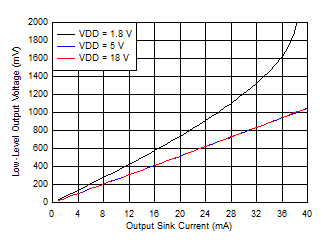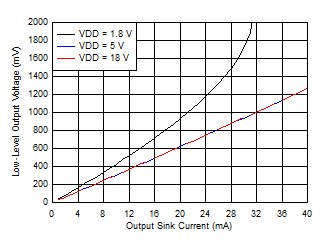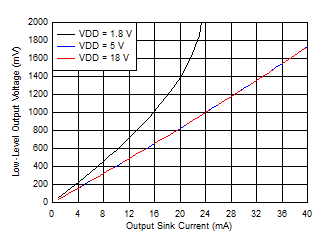ZHCSE85A October 2015 – February 2024 TPS3710
PRODUCTION DATA
- 1
- 1 特性
- 2 应用
- 3 说明
- 4 Pin Configuration and Functions
- 5 Specifications
- 6 Detailed Description
- 7 Application and Implementation
- 8 Device and Documentation Support
- 9 Revision History
- 10Mechanical, Packaging, and Orderable Information
5.8 Typical Characteristics
at TJ = 25°C and VDD = 5V (unless otherwise noted)
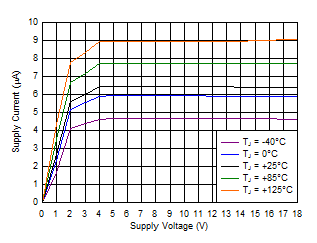
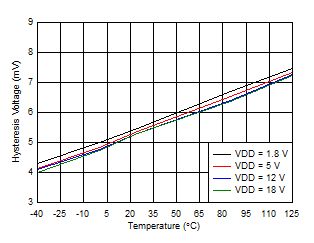
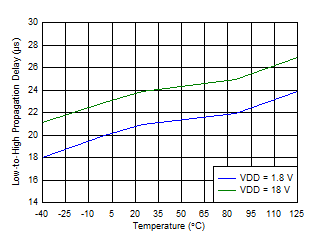
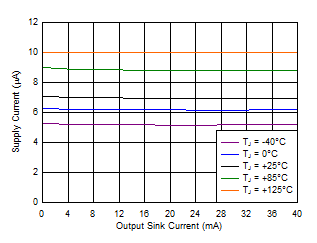
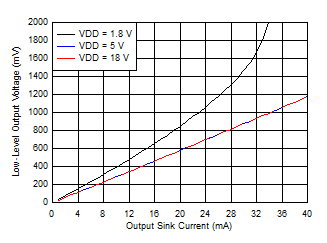
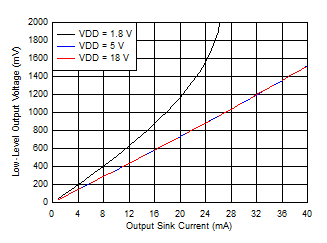
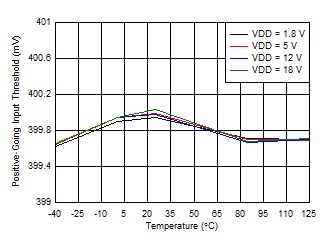
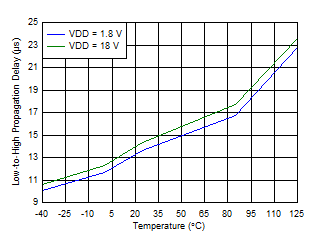
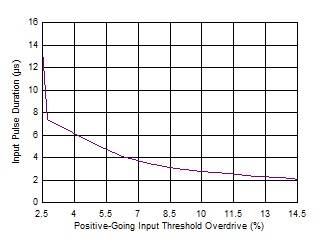
| SENSE = negative spike below VIT– |
